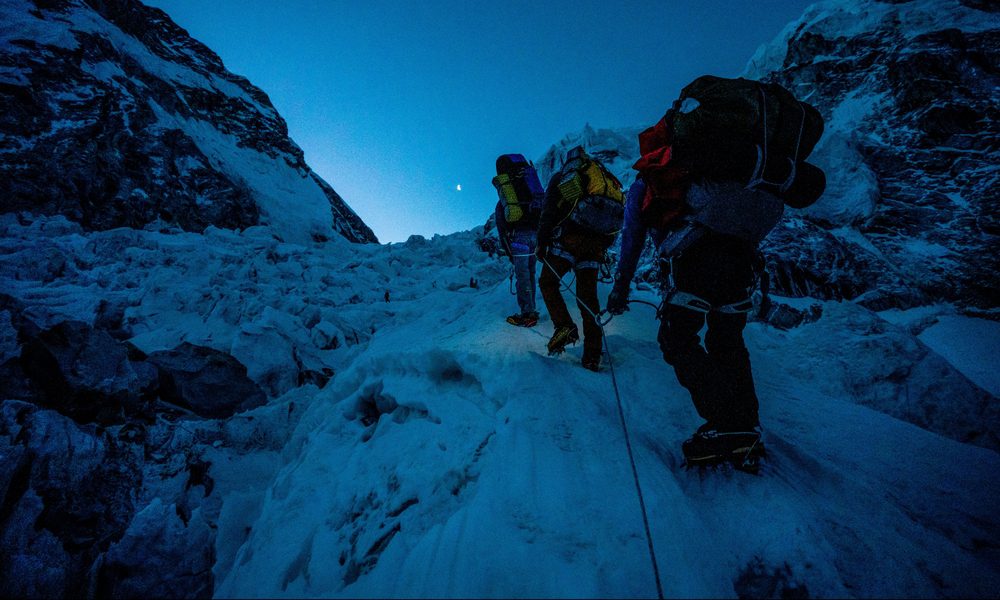

The climbers behind the new documentary Finding Michael say the difficulty in searching above 29,000 feet on Everest is why more bodies of lost climbers are not brought home.
Videos by Outdoors with Bear Grylls
Released earlier this month, Finding Michael tells the story of Michael Matthews, who summited Everest summit 1999 at the age of 22, becoming the youngest Briton to do. But after he reached the summit, Michael disappeared.
The documentary tells the story of the original climb, and how Michael’s brother, Spencer Matthews, put together an expedition last year, to try to find Michael’s body on the tallest mountain on earth.
Bear’s Everest experiences
Bear Grylls, who was executive producer on the film, himself summited Everest in 1998 at the age of 23, at the time becoming the youngest Briton to do so. His account in the book Facing Up details how he fought everything from extreme weather conditions, to becoming ill, falling down into a crevasse, and nearly running out of oxygen in the death zone (where the human body cannot survive), while he spent a total of three months tackling the mountain.
Although he returned to Everest in 2007 to lead a record attempt to become the first man to fly a powered paraglider to a height above the world’s highest peak, he says that what happened to Michael Matthews changed how he viewed the mountain after his own summit.
“When he tragically died up there, it was a real sucker punch to the stomach. I remember being so shaken at the time and it changed so much of how I approached the mountain afterwards and people who had aspirations on Everest,” he says.
Bear had met Michael’s younger brother Spencer years before, and when Spencer was putting together the team to search for Michael and make the documentary, he contacted Bear, who helped put together the crew—not only the climbing team, but also the production team to film the process.
“This is months and months of an expedition with a lot of risk,” says Bear. “Everest is still killing people. To try and understand how hard it is to do search and rescue and recovery at that altitude in the death zone; every step is a battle, whoever you are.”

A record climber leads the team
The climber who took on the task to lead the team was Nepal-born Nimsdai Purja, who himself summited Everest six times and has multiple records including climbing the world’s highest 14 peaks in six months, and climbing three 26,000-foot peaks without oxygen in 2022 alone. It was Nimdai’s photo of the “traffic jam” on Everest that went viral in 2019, sparking a debate about overcrowding on the mountain, which that year, claimed the lives of 11 climbers.
Nimsdai says that he was happy to take on the project to search for Michael, as he had the expertise, knowledge and resources, and he wanted to be able to help the Matthews family. There have been more than 300 deaths and there are thought to be more than 200 bodies on Everest, some which have been visible to climbers on their way up to the summit over the years. But Nimsdai says body recovery missions are rare because of the barriers—everything from the cost to the physical risk to the rescuers.
“It’s very tough physically,” he says. “And even then, the weather may not allow it and it’s not always guaranteed that you’ll be able to reach 8,400 meters [27,500 feet] in that specific climbing season,” he says. “Then everything you have invested in that project could go down the drain because you couldn’t even get there. It is still super dangerous. Hence why it’s tough.”
“If you cannot physically operate at that altitude, it is no good,” says Nimsdai, who so far has in total made 32 expeditions to peaks above 26,000 feet. “For those who don’t know high-altitude mountaineering, people take one step; they don’t even have any of their stuff and take maybe 20 breaths before they can then take one more step.”
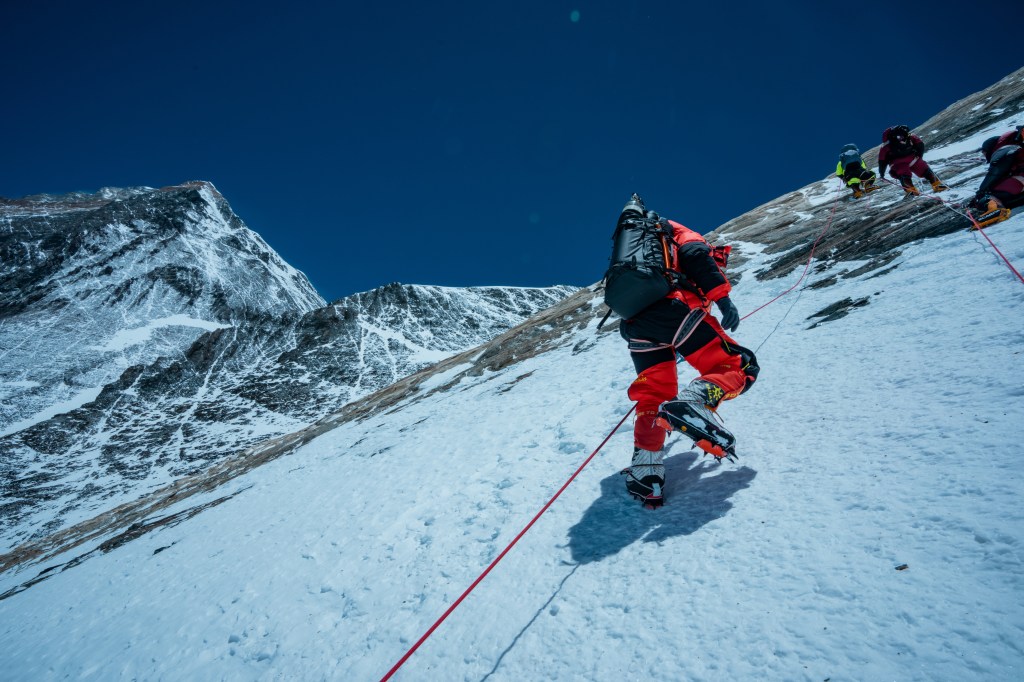
Nimsdai and his team, which included Mingma David Sherpa and Mingma Tenzi Sherpa, became a high-altitude filming unit, capturing footage of their search. Finding Michael shows the extreme conditions the team had to face, from going through the famous Khumbu Icefall to reaching the death zone. Most climbers struggle slowly here, but this is when Nimsdai and his team got to work, going off the main trail to search for Michael, using ropes, probes and shovels and, when they thought they found something, digging through the ice and snow. They were also operating drones, reviewing the footage and communicating with base camp, where Spencer waited anxiously for news.
Nimsdai says that while searching for Michael was a huge undertaking, the second part of the recovery challenge they were taking on would be bringing the body back down and keeping all the team safe in the process. “It’s a hell of a task in itself,” he says.

While a lot has changed in the 20 years still Bear Grylls climbed Everest—with better technology, equipment, and forecasting—it still claims many lives, so he was always conscious of the dangers the team faced.
“Trying to survive up there is hard. Trying to climb up there is even harder, but trying to survive, climb and film, with drones and to dig and search and to be off the route in sometimes chest-deep snow, it was an incredible achievement,” he says. “The reality is that it’s still a big old dangerous mountain. We had to be super respectful of that in attempting this recovery of Michael’s body. Nobody is worth losing another life for up there.”
“Even for Nims and his team, the best mountaineers in the world, you see the raw struggle of every step up there. They needed a meticulous plan and they had to time it with the weather and the jet stream winds. There’s a lot of factors to get right.”
Canadian climber Dave Rodney, who was on Michael’s original expedition in 1999, is also in the documentary and his footage of the original expedition is included. He went on to summit Everest again in 2001, becoming the first Canadian to summit Everest twice. He has said that after what happened in 1999, he thought he would never want to see a picture of the mountain again, but when a father-and-son team asked for his help with their summit attempt in 2001, he agreed to go up.
“The reason I came back [in 2001] was hopefully to find Michael’s body,” he says. “Even though I knew every step like the back of my hand, especially on summit day, while I was concentrating every time I took a step to be safe on the mountain, I would be pausing and scanning in every direction looking to see if I could find a sign of Mike, all the way up and all the way down.”
He continues: “This film is so beautifully made and it’s definitely about extreme adventure at altitude and people will love it for that. The story is so important, not just for Spencer and his family and those of us who knew Michael, but for all of us who go through grief. I trust that it will truly make a difference in how they treat other people and deal with a whole spectrum of emotions themselves.”
Finding Michael is available to stream on Hulu in the U.S., on Disney+ in the UK, Hotstar in India and Star+ in Latin America.




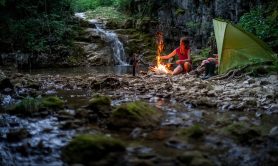
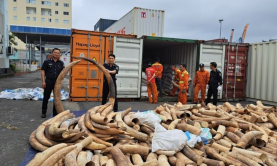
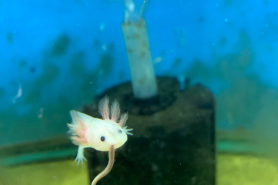
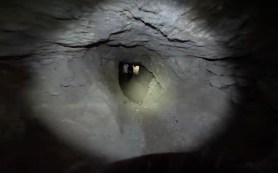

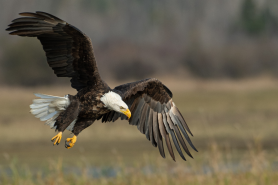
error in first sentence of article. to paraphrase: “the difficulty in finding a body above 29.000 feet…”. wouldn’t be particularly difficult if you could get there, as Everest is 29,032 feet in elevation. please proofread your article before you publish. you embarrass yourself.
Yeah I think everyone knows what they meant. Including yourself. Everyone knows how high Everest is. Harsh…
Thanks for the coverage. I know the story pretty well having watched several you tube docs on it. Looking forward to watching the video. Haven’t seen it yet and don’t know the outcome. Going to try and avoid the outcome. I want to see it first.
What Nims, Bear, and their teams do and are doing is as incredibly important as it is brave and selfless.
Bravo!!!! I hope people gain a new respect for how dangerous the big mountains are. You have no business on Everest unless you have the proper training, experience, and logistical support.
BB